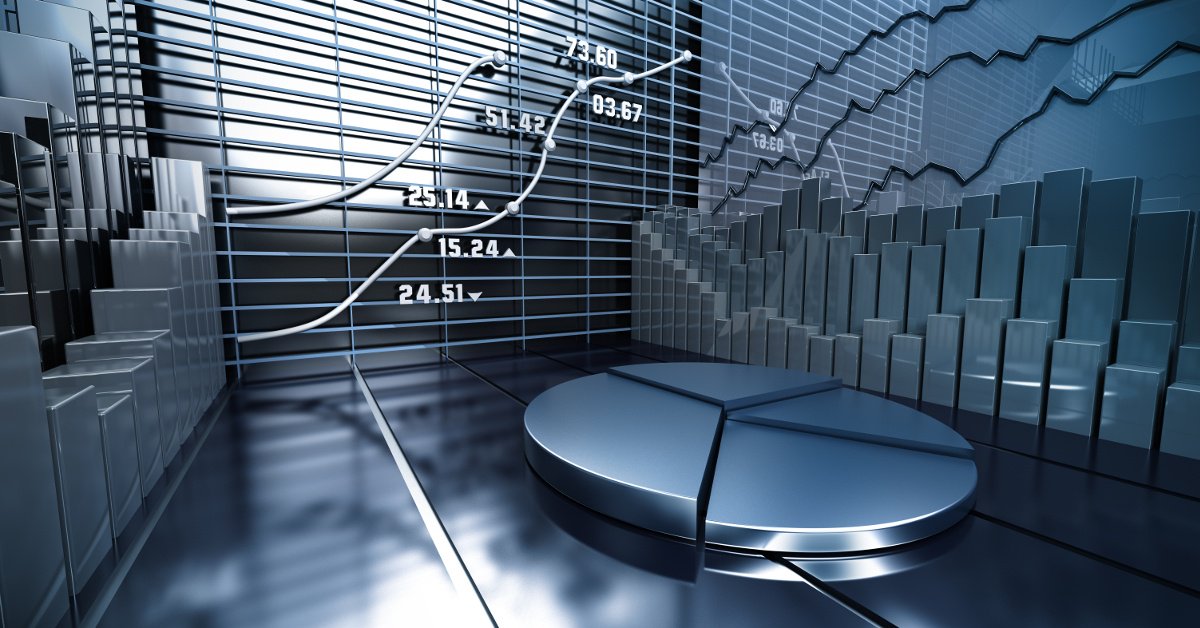There is a flood of economic indicators that one can evaluate with new data being released almost daily. There are national and state governmental agencies dedicated solely to analyzing and forecasting economic conditions and trends and a host of private firms that do the same thing. But what IS the state of the U.S. economy?
With so many different variables that can be evaluated, part of the challenge in making sense of it all is that in any given time period these indicators give conflicting information. In addition, if data is being tracked on a monthly or quarterly basis, there may be changes that may or may not be trends. Changes, therefore, may mean something important, or they may not. And, of course, the major wildcard is agencies can revise their previous estimates and forecasts making any conclusions drawn when they were issued less meaningful.
So, what is the economy doing and what is it going to do, really?
Where are we at this point after the recession of 2008? Setting aside specific data points, a broad view of all major economic indictors suggests that we are in an economy that is still struggling to gain momentum.
Certain indicators yield positive results consistently for some time periods and then either turn flat or negative. Across the board, this stop and start pattern appears to be the norm, which makes it extremely difficult to read what is going on and where things are headed.
Many analysts believe this pattern will continue until (or unless) the legislative changes being debated in Washington are settled in some way. Business optimism, for example, has been high in anticipation of more pro-growth polices from the new administration. However, this is beginning to stall as many believe it appears to be business as usual in Washington. Healthcare reform, Dodd-Frank, and tax policy are the big ticket items that appeared set for certain change which are now up in the air.
The Consumer Spending Effect
One of the major drivers of the U.S. economy currently is overall consumer spending. Consumer sentiment is high, and it appears this has been good for the economy.
This may continue, and in general is a positive, but it does not suggest any major economic growth is on the horizon. Related to this, there are mixed feelings about fears of inflation among economists with some seeing it as threat while others do not.
As measured by the consumer price index (CPI), there has been an increase in inflation. Again, this is worrisome to some and not to others, and the Fed for the time being has seemed to downplay the significance of the rise in prices.
The Labor Market
The labor market is difficult to read because of changes in the way the agencies track unemployment and what constitutes employed and unemployed persons. Although the official unemployment rate is low, this does not take into account the total employment numbers or under-employment. The former, of course, is an indication of how many jobs exist in the labor market and the latter are persons not employed full-time or in jobs which they are over-qualified. These are critical qualifiers to the published unemployment rate in terms of the health of the economy.
Another critical factor related to the labor market is the decline in productivity that has occurred and remains in a downward trend. Again, it is difficult to see how long term economic growth is possible without productivity gains.
Othe Factors and Further Reading
Finally, the financial markets and international trade adds to the complexity. The Fed has raised interest rates a few times in the last 24 months which, in general, is good for the banking industry. Most analysts believe the Fed will raise rates one more time, and then rates will remain steady for sometime thereafter.
As measured by GDP, the economy continues to grow but very slowly. This has been largely due to consumer spending which, although still subject to the stop-start pattern described earlier, has improved. Economic forecasts continue to indicate modest growth in the near-term but suggest growth would be accelerated with successful pro-growth legislative changes noted earlier.
There are a number of sources for economic data. Specific to the banking industry, the FDIC conducts a good bit of economic analysis, and links to published reports can be found here: https://www.fdic.gov/bank/analytical/. The Bureau of Economic Analysis and the Bureau of Labor Statistics are also good sources, and links can be found at https://www.bea.gov/national/ and https://www.bls.gov/data/.



